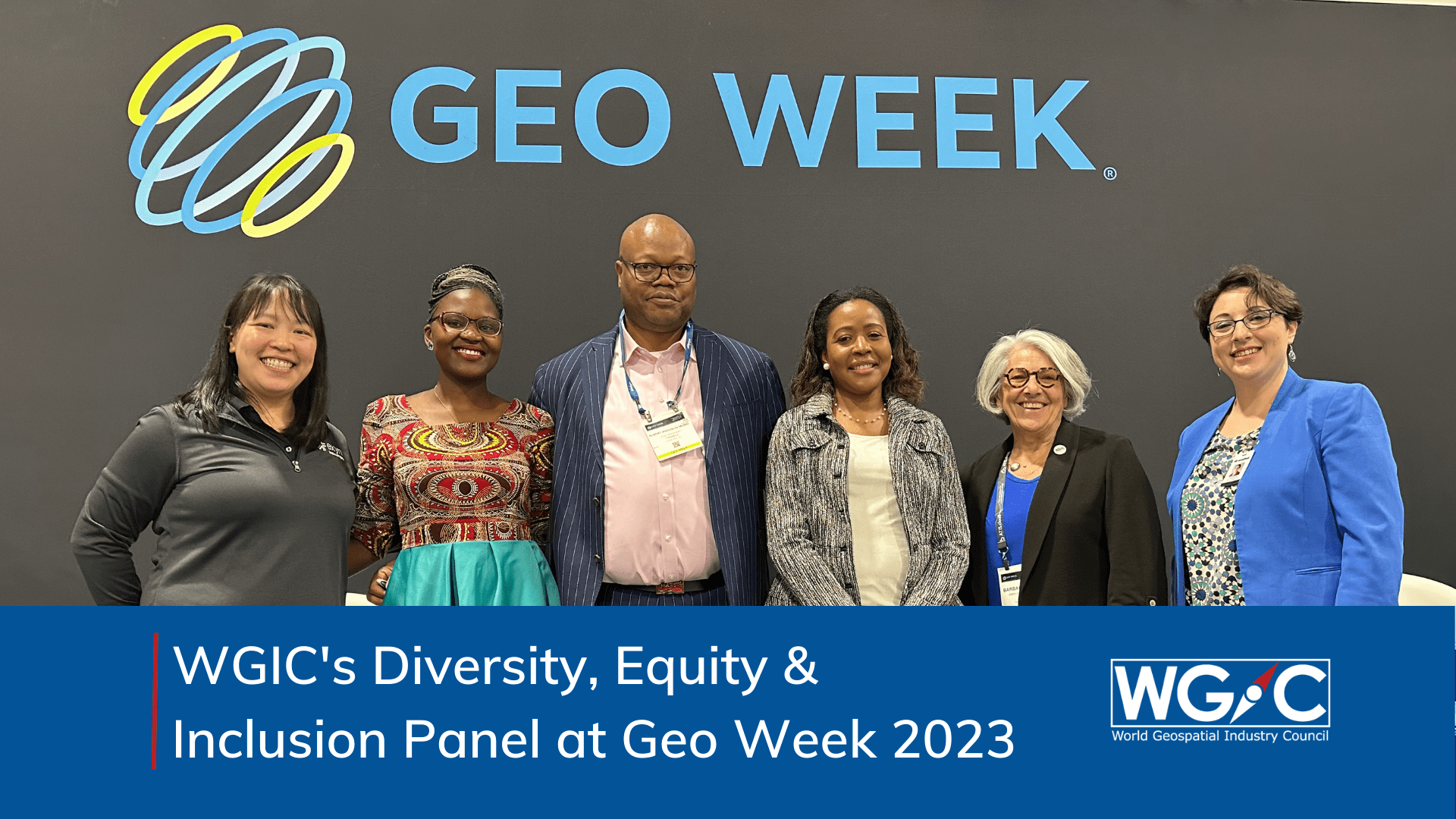When a group of the World Geospatial Industry Council (WGIC) members came together to recognize the need for more diversity, equity, and inclusion in the geospatial sector by forming the DEI Committee in 2020, little did they realize that they were trailblazing a fundamental transformation within the industry.
Responding to the Committee’s outreach and efforts, many WGIC members implemented DEI programs since then. The focus has now shifted to making these companies more responsible in implementing the programs and collecting data to back up their efforts.
To share experiences, highlight case studies, and facilitate action, WGIC organized a session titled “Diversity, Equity, And Inclusion: A Call to Awareness, Advocacy, and Action in the Geospatial Domain” at Geo Week 2023. The session was moderated by Albert Momo, WGIC DEI Committee Chair and Vice President and Executive Director of Trimble’s Emerging Markets and Funded Projects.

“Diversity, equity, and inclusion mean having voices from different domains, backgrounds, countries, races, and walks of life in big-scale and often complex conversations about Earth’s future,” said Carla Lauter from Geo Week News opening the conversation. Incorporating diverse experiences and perspectives can improve decision-making regarding spatial technology and its usefulness, she added. Barbara Ryan, WGIC Executive Director, noted that “a common challenge faced by the geospatial industry is the lack of diversity at executive levels. “Male domination is a historical issue in science and engineering, and it is important to have more representation now,” highlighted Ryan.
A crucial aspect of creating an inclusive and diverse workplace is establishing hiring practices that support and promote these values. For example, Gertrude Namitala from Trudigital Technologies noted that organizations should lay more emphasis on using inclusive language in hiring announcements. They should avoid having regimented requirements based on formal education (e.g., Ph.D., Masters) and instead focus on the candidate’s skills and potential. “Also, the lack of diversity in the geospatial industry is a persistent problem that needs to be addressed, and organizations need to be held accountable for their hiring practices,” opined Namitala.
The lack of skilled workers in the market is a real challenge for the industry. One solution could be for the industry to adopt vocational training certification programs. Valrie Grant from GeoTechVision suggested the industry promote organizations such as the GIS Certification Institute (GISCI), a non-profit organization that provides the GIS community with a complete certification program, leading to GISP® (Certified GIS Professional) recognition. This would give options to people who may not have gone through a university process but have the technical competencies to perform the job. On this note, Ryanhighlighted the importance of community colleges as a source of diverse talent. Building on the earlier note by Namitala, Ryan also emphasized the need to involve underrepresented groups in creating job vacancy announcements, as there are often inherent biases in how they are written.
The session stressed the need to be intentional about promoting accessibility for everyone and to recognize the value of providing employment opportunities to individuals with neurodiverse or intellectual/developmental disabilities. Expanding on this idea, Grant mentioned her involvement in a project that looked at drones and autism, recognizing that children with these conditions can be fast learners and make valuable contributions to the industry if given the opportunity.
The discussion then moved from hiring processes to creating a healthy and cooperative environment within the teams. Denise Wong from Exyn Technologies highlighted an initiative at her company where employee resource groups allow people with similar backgrounds or experiences to connect. Monthly DEI forums discuss topical issues in various contexts to promote greater understanding and awareness. According to Wong, with improved mutual understanding of each other’s experiences, these initiatives enabled employees to give and receive constructive feedback. This has led to their working together more effectively even in remote work settings.
Companies’ accountability for their hiring practices is only the start of the journey. DEI efforts within the companies’ internal practices are of no less importance. Grant, for example, emphasized the significance of structured approaches to internal promotions and mentorship and sponsorship programs for diverse groups. She also mentioned the significance of successful employee resource groups, promoting a culture of inclusiveness, and implementing Diversity and Inclusion (D&I) training. Most importantly, Grant emphasized the need for measuring and evaluating progress and taking targeted corrective action when progress goes off the track.
The role of leadership is key in addressing DEI matters within the company. “When it comes to workplace inclusion, recruitment, retention, and promotion of diverse employees are key. However, there is still a lack of diversity in leadership positions across many industries, with white men often dominating these roles,” said Momo. Ryan augmented the discussion saying that there is a notion that people of color and other genders often speak about diversity. Still, it has a greater impact when a white male executive speaks up and commits to diversity programs within their organization.
To ensure the incorporation of diverse perspectives in the geospatial industry, various approaches can be implemented both within the company and externally. Internal approaches may include providing committee involvement and cross-company exposure, emphasizing mentorship for career growth, and promoting accountability and responsiveness to feedback. Meanwhile, external approaches may involve partnering with diverse organizations and engaging in community outreach programs. By utilizing these methods, we can foster a more inclusive and representative industry that caters to the needs of diverse communities. Ultimately, it is up to all of us to work together to create an industry that is truly reflective of the diverse communities it serves.



